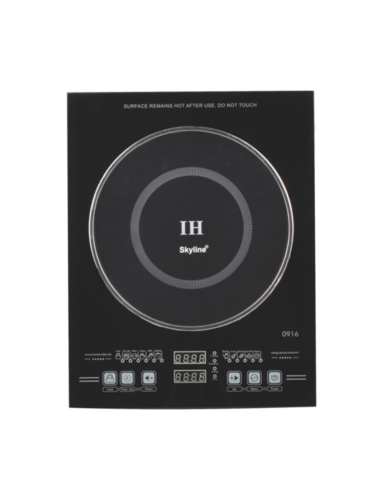
410 stainless steel is typically cheaper than 18/10 stainless steel. One final difference between these two types of stainless steel is their cost. This is due to the fact that 18/10 stainless steel contains more chromium, which makes it stronger and more durable. 410 stainless steel is weaker than 18/10 stainless steel. StrengthĪnother difference between these two types of stainless steel is their strength. This is due to the fact that 18/10 stainless steel contains more chromium, which gives it better protection against rust and corrosion. 410 stainless steel is less resistant to corrosion than 18/10 stainless steel. One of the most important differences between these two types of stainless steel is their corrosion resistance. Additionally, 410 stainless steel contains 0.15% carbon, while 18/10 stainless steel contains 0.08% carbon. 410 stainless steel contains 11.5% chromium, while 18/10 stainless steel contains 18% chromium. The first difference between 410 and 18/10 stainless steel is their composition. Difference Between 410 and 18/10 Composition Additionally, it has a higher magnetic response which makes it compatible with induction cookers and other modern cooking equipment, such as electric woks and air fryers that require high temperatures for operation. The added nickel gives this type of stainless steel greater corrosion resistance and makes it more impervious to rusting when exposed to moisture compared to 410-grade stainless steel. This grade contains 18% chromium and 10% nickel in addition to the other elements found in 410-grade stainless steel (11.5% chromium, 0.15% carbon, and 1% manganese). The second type of stainless steel we will discuss is 18/10 (or sometimes referred to as 304) grade stainless steel. Additionally, it has a lower magnetic response than other types of stainless steel, which means it cannot be used with induction cookers. 410 stainless steel offers excellent corrosion resistance due to its high chromium content however, it can be susceptible to rusting if not cared for properly or exposed to excessive moisture.

This type of stainless steel is composed of 11.5% chromium, 0.15% carbon, 1% manganese, and 0.04% phosphorus. The first type of stainless steel that we will discuss is 410 stainless steel. This blog post will explore two of the most common types of stainless steel-410 and 18/10-to help you determine which is best for your kitchen needs. However, not all stainless steel is made equal. As an alloy, stainless steel is both durable and resistant to corrosion.

18 10 STAINLESS STEEL INDUCTION PROFESSIONAL
Whether you are a professional or novice in the kitchen, chances are that you have come across stainless steel cookware.


 0 kommentar(er)
0 kommentar(er)
